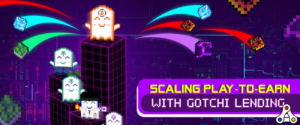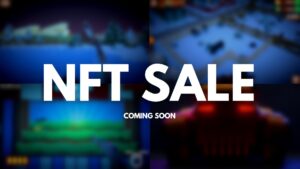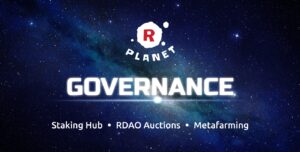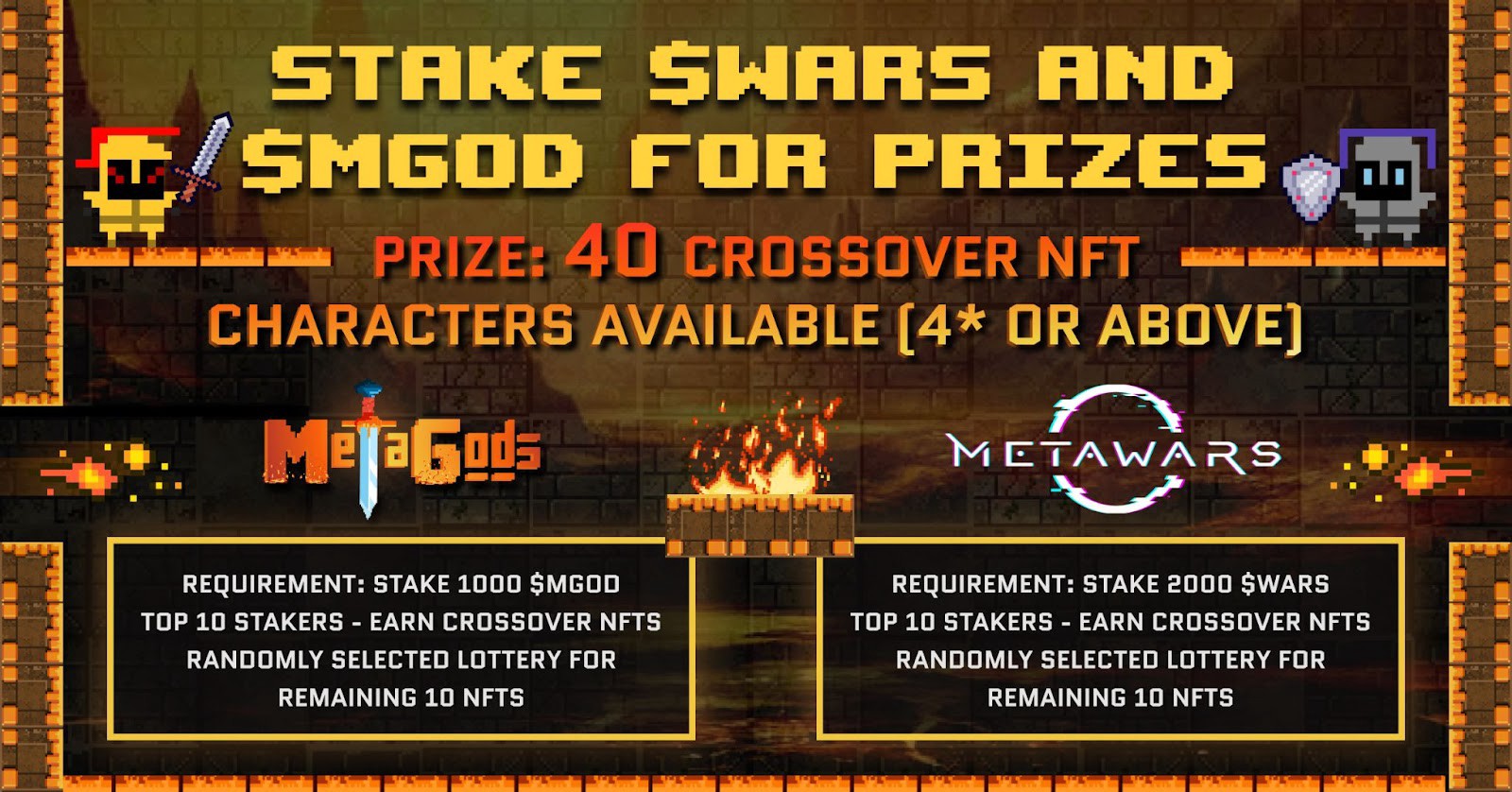The metaverse is everywhere. Is all around us. Even now, on this same website. You can see it when you exchange your tokens. You can experience it when you visit the Play to Earn Game Festival or when you do some battles in Lunacia. And you can feel it when you work, when you shop on an NFT marketplace and when you log into a service using your wallet. The metaverse is the world that connects us all.
There are many projects in the blockchain space that I adore for all kinds of reasons.. Nevertheless, some of those projects try to possess the term ‘metaverse’. They say things like 'the metaverse of our game'. That is wrong. There is no one-thing metaverse. The metaverse is the air we all breathe no matter where we go. The metaverse is inclusive and does not discriminate or limit. In the metaverse there is no room for walls and borders, because the tools that make the metaverse are there to break down those edges. Those who build walls, as a last resort, they will withdraw from the metaverse, while the metaverse will just continue without them. The metaverse is open, interoperable and persistent. Let's dive a little deeper into that.
Metaverse characteristics
Network
The metaverse is a network of universes (virtual), connected and bridged through technology. Therefore, The Sandbox, Axie Infinity y Decentraland, although they are different projects, are part of the metaverse. All their economies are intertwined and players can log into each of them with the same identity (wallet).
Interoperability
Not only can universes be united, rather, digital assets and identities can travel between them. Items from one virtual world can be used in another. Use the some wallet to log into Cryptovoxels and Decentraland, using the same identity. In the future, your virtual representation will also be identical and you will drive the same car in different virtual locations. Industry standards will need to exist for all of that: for your identity, for the way we deal with visual representation and, of course, ownership over digital elements.
Everywhere
The metaverse can offer experiences that take place in both the digital and physical world, through public or private networks and on open and closed platforms. Augmented reality, virtual reality, digital events that happen in physical space, etc. There needs to be a standard programming model that allows interoperability and crossovers. What's more, when people add something new to the metaverse, must be supported by following a standard set of rules.
Platform independent
The metaverse does not require a specific platform, it is platform independent. Users can interact with elements of the metaverse using their smartphone, or they can experience it by wearing a virtual reality suit. These are the extremes and include everything in between. A swipe on your wallet to send a payment at the grocery store can already be considered an interaction with the metaverse, because you can also use that same wallet to buy game assets. Running in virtual reality inside Somnium Space is the other end of the spectrum.
Live
The metaverse works like the world. There will be events that will take place in a certain place and at a certain date and time. These events can be scheduled in advance, but they can also be spontaneous. Basically a concert or a flash mob.
Persistent
Sounds harsh, but the world goes on without you, just like the metaverse. Can't stop or reset time. This is also why POAPs are interesting, because they say 'I was there'.
User generated content
When the world becomes a virtual sandbox, companies are no longer able to produce all content. The users, Independent creators and developers will create and operate a wide range of contributions to the metaverse, ranging from games to services, and from exhibitions to educational tools. The metaverse should have a strong focus on this, and creation should be as easy as possible with unlimited freedom. On the other side of that coin, there must also be a community police or something like that.
Economy
The metaverse has its own economy in which individuals and companies can create, own, sell and earn for a wide range of tasks that produce services or value for others. It doesn't have to be a cryptocurrency, but it can be any cryptocurrency. Through the exchange of tokens, all tokens are connected in a singular digital economy.
Change of identity
You can be who you want to be. In the metaverse you can have multiple identities for different purposes. A character can be a true CryptoPunks collector, while another prefers to compete in F1 Delta Time. There are no limitations to submitting yourself, nor for their actions, nor by name and not visually. Nevertheless, your identity builds trust, build a reputation, which is very likely to become a very valuable aspect of your future resume. Diplomas are nice, but your reputation in the chain says much more about what you have done and who you are.
How long before Ready Player One?
We definitely haven't arrived yet. Developing open standards requires companies to work together to adopt those standards, and as long as there is no shared vision, the concept of the metaverse cannot grow. Software must become more compatible and connected, blockchain technology must be faster and more fluid in its user experience, each component of the metaverse must follow an open standard. We would need standardized data on objects, locations, sounds, the way objects interact, we communicate, etc. For now, Ready Player One is more like a goal that the industry works towards, But of course without the evil corporation and the keys to the Oasis.
As a last resort, the metaverse will be an environment created by everyone for everyone. There will be no ruling force, but there is probably a neighborhood watch. How we interact with NFTs right now is a first step towards what the economy will look like within the metaverse.. Although I doubt that Picasso-inspired imitators will hold their value over time. Moving between Somnium Space and Cryptovoxels is already getting easier, but it's not flawless and we don't use visual identity. But there's no doubt this kind of thing will come. Crypto Avatars and Genies are creating a standard for these metaverses avatars, Digitalax wants to do the same with digital fashion. The industry is now baking the bricks to build the foundations of the metaverse.
Exam
Credits
Tim Sweeney, founder and CEO of Epic Games, made an amazing talk about the metaverse in SIGGRAPH 2019. Much of the inspiration for this article comes from his talk, with some personal additions. Not only has he been one of the pioneers in the gaming space, rather he is busy developing the concept of a persistent virtual world in which everyone can live. According to him, Minecraft and Roblox are the first good examples, and Fortnite adds another layer. where social events meet in a virtual space. Nevertheless, the metaverse concept is still in its infancy.
The M3 Organization, who is working on creating industry standards for the metaverse, archived the talk on his blog. You can read it or listen to the talk through the video below. His work is worth pursuing.










